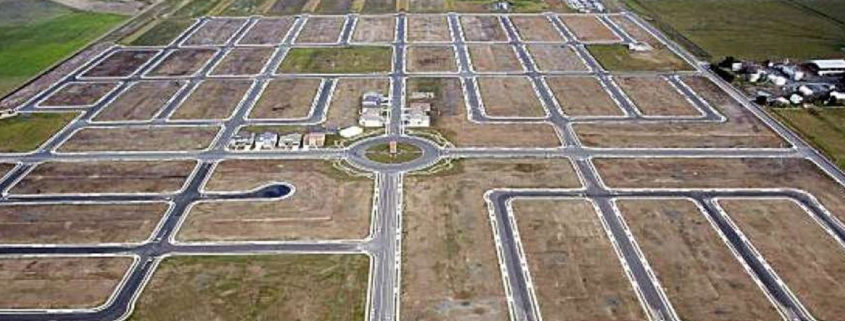Suburban and Urban Housing Cost Relationships
by Pete Saunders
Perhaps this is old hat to you, but this came across as a bit of an epiphany to me earlier today.
I was listening to the local public radio station this morning and there was a segment about the Chicago regional housing market that was fairly interesting. Real estate and personal finance expert Ilyce Glink talked about home buying in the Chicago regional market. Like many other housing markets nationwide, Chicago took an incredible hit in 2008-09 via the Great Recession, and regionally, home prices have been slow to rise from the depths of the early parts of the 2010s. There’s some greater optimism that prices might be up throughout the area, even as the potential for higher mortgage rates increases, too.
In describing the Chicago regional housing market, Glink described many things in our recent housing history that are familiar to a lot of people in metro Chicago, and in other metros as well — depressed prices, numerous foreclosures, and a razor-thin inventory. But she also alluded to the pre-Great Recession pattern that defined the region’s housing market — the continued movement outward of new home construction at the edges of the region — and how that essentially stopped around 2009 and hasn’t resumed since.
That got me thinking. YIMBYs, the “yes-in-my-backyard” group that’s been pushing for relaxed housing regulation so that more housing units are built in cities to address affordable housing, have been effective in using the obscene housing prices and rents of cities to justify new city housing construction, despite my repeated objections. My contention has usually been that prices rose so steeply in the hottest city neighborhoods because the demand was so high. There was a newfound preference for city living, especially among young professionals. However, there simply wasn’t enough of Lincoln Park or Wicker Park for everyone that wanted in. Furthermore, there are other neighborhoods, like South Shore, that have the same positive qualities (lakefront location, easy public transit, close to the Loop) that should make it appealing to those wanting to live in the city, but it was being bypassed. My argument was that such neighborhoods might actually welcome investment. The combination of these factors, I believed, led to the price and rent spikes in the hottest areas, and it could be resolved in part by city newcomers considering previously unconsidered parts of the city.
Here’s the epiphany — what if the lack of housing supply, at the regional level, has less to do with the lack of housing production within cities, and more to do with the lack of housing production at the metro area’s margins?
Just before and well after the last recession, I worked for a city at our region’s edge and it was a huge beneficiary of the pre-2007 housing free-for-all. In fact, the city where I worked more than doubled its population between 1990 and 2010 on the strength of annexation and new housing construction, becoming one of the largest cities in Illinois. In 2007, weaknesses in the housing market were becoming apparent; in 2008, the bottom fell out; in 2009 and 2010, people were wondering when the old normal would return, or if a new normal would set in. I think it’s fair to say the latter, since nothing approaching the pre-2007 boom has returned to the metro edges.
This would require further study and analysis by someone far more qualified than me, but here’s what I’m thinking. Maybe, in a strange way, early urban pioneering was dependent on housing growth at the margins. It could be affordable for those who chose to live there because it was one part of a housing market conveyor belt: first step a trendy but safety-optional urban apartment, second step a safer and quieter apartment or condo, third step a house in the suburbs. The lack of edge housing construction disrupts that model, especially if there’s a shift in housing preferences as well.
In other words, what’s broken is not the ability of cities to accommodate new construction, but the edge-driven model we’ve had for the last 60-70 years.
Don’t get me wrong. I don’t see a return to our suburban-sprawl frenzy as a way to reduce prices and rents in cities. But maybe it pays to examine the entirety of a regional housing market before designating a culprit.
Pete Saunders is a Detroit native who has worked as a public and private sector urban planner in the Chicago area for more than twenty years. He is also the author of “The Corner Side Yard,” an urban planning blog that focuses on the redevelopment and revitalization of Rust Belt cities.
An unfinished subdivision. Source: joyyehle.com



